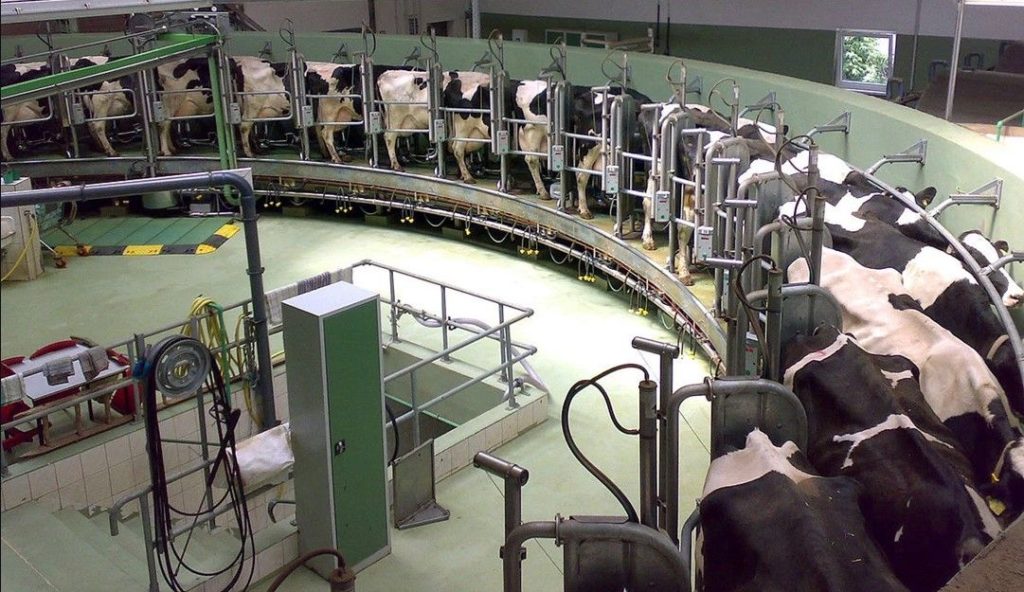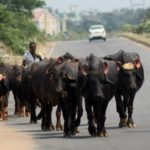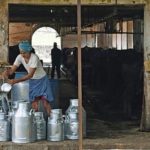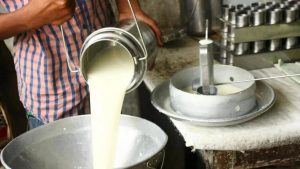
Dhami stated during the rally in Dehradun that he expects Uttarakhand to be the top milk producing state in India by the time the state celebrates its 25th anniversary.
According to him, the milk price incentive scheme will benefit around 53,000 individuals because the money will be directly put into the beneficiaries’ accounts via Direct Bank Transfer (DBT). Our government is always moving forward in every direction, said Chief Minister Dhami, who also announced that the state government would invest Rs.444.62 crore in Uttarakhand to create 500 milk vending stations.
Current Milk Production Scenario in Uttarakhand:
In the Dehradun district, milk production and consumption are completely contradictory. On one hand, the government is making many attempts to enhance milk production, all government claims of promoting production are proving to be fictitious. Despite thousands of hours of labor, milk is not produced in accordance with demand.
If milk does not arrive from western UP, the people of the capital will be unable to obtain it. If basic necessities such as milk are unavailable, the entire state and government will suffer.
Government has been making various attempts for enhancing milk production in the state, some of which include:
Ganga Cow Scheme:
Ganga cow scheme and incentive amount of Rs.3-4 per liter of milk was also announced by the government so that milk production could be promoted and consumption could be met in time. In the initial months after the announcement, farmers got the benefit of this, but due to the faltering of the scheme, the production could not be produced according to the consumption.
According to data obtained from sources, around 143 milk development committees are inactive in the district. At the same time, only 255 committees are fully operational. Attempts are being made to increase milk output.
Kamdhenu Scheme:
Kamdhenu scheme was started in Uttarakhand on the lines of UP. Although there was a provision in Uttarakhand for a 25% subsidy for general farmers and a 33% subsidy for SC-ST on loans up to Rs.6 lakh for dairy under NABARD, farmers did not take advantage of it owing to a lack of knowledge.
Therefore, the people of Uttarakhand have high hopes from the ‘Milk Price Incentive Scheme’.

















